How do you make a show that functions as both a prequel and spin-off to one of the greatest TV dramas of all time, while simultaneously allowing to stand apart from its predecessor? It would seem that the crew behind AMC’s Better Call Saul have the answer.
It seems obvious now that a spinoff series in the Breaking Bad universe led by the dynamic duo of Vince Gilligan and Peter Gould would work. But to us Breaking Bad fans, it was no sure thing. Lest we forget, Better Call Saul was initially announced as a half-hour comedy. And while I’m sure it would have been highly enjoyable, the show clearly benefits from allowing its dark humor to heighten and diffuse its drama. Sound familiar to another New Mexico-set show? It should.
Before I tell you what I thought of Monday night’s Season 3 premiere, I’ll tell you where I stand with the show at large. So far, I think it’s just as good as the early seasons of Breaking Bad, and it’s certainly shown the potential to reach the heights of the late seasons of its predecessor. Most importantly, it’s entirely its own thing. Being a prequel, there are characters and symbolic details that will be immediately recognizable to Bad fans, but for the most part, this drama stands on its own. You really don’t have to watch Breaking Bad to enjoy this show.
I love this show’s willingness to take its time and slowly peel back the layers upon layers of character and history of these characters that we weren’t privy to in its predecessor. In Breaking Bad, Mike and Saul were engaging and interesting characters (particularly Mike), but I had no idea that they carried all of this baggage with them. And if Breaking Bad’s writers hadn’t ironed their histories out beforehand, the Better Call Saul writers (many of whom worked on the original show) sure do a darn good job of making their backstories feel completely natural.
Yes, Better Call Saul is set in the past, but at the beginning of every season, it shows us a glimpse into the post-Breaking Bad future. This frees it from the responsibility of solely being a prequel, making it an incredibly vital companion piece to AMC’s original drama. These scenes are always shot in stark black and white, which stands in stark contrast to the deep yellows and bright blue Southwestern skies that form the bedrock for the visual aesthetic of Better Call Saul. From there, the action pretty much picks up where we left off at the end of last season (like Breaking Bad, Saul uses a fairly condensed timeline), and things are on very thin ice, to say the least.
For a long time now, Saul has been strictly divided into two separate storylines, between the legal drama that comprises most of the show, and a more Breaking Bad-like crime drama subplot starring Jonathan Banks’ Mike Ehrmantraut. My only real critique of the show so far has been that these two storylines have sometimes felt like they exist on separate shows, although I have the luxury of knowing how certain events in the future will transpire. And they’re going to collide. In fact, based on the promo for next week’s episode, it might just happen sooner rather than later. Hint for my fellow Breaking Bad fans: it rhymes with “Bus Ring.”
Yes, the two halves do occasionally feel tonally disproportionate, but who cares when they’re both this well made? To watch this show is to feel a profound sense of satisfaction. It really is a thrill to know you’re in the hands of master storytellers. Twists and turns are introduced naturally, but never in place of doing service to the story’s well-rounded characters. And most importantly, it revels in the little details. Take for example a subplot that takes up a decent chunk of Monday’s premiere. After realizing he’s being tracked, Mike methodically and meticulously takes apart his car, and after finding the tracker, retrofits it to hunt the hunter. These scenes take on a profoundly hard-boiled detective noir vibe, and they’re so entertaining that I would easily watch an entire wordless episode of Mike Ehrmantraut going about his business. It’s a credit to Jonathan Banks’ compelling and impossibly collected performance and Vince Gilligan’s direction. In almost every other show on TV, the act would soon grow boring. But we’re used to this meticulousness by now. That’s what great TV shows do: they teach their audience how to watch them.
The cinematography remains top-notch. Chuck’s shadowy house remains an absolute joy to look at, from the way the sun peaking through the blinds frames certain characters in light and leaves others in shadow. Furthermore, the photography somehow makes corporate buildings inviting and full of secrets. Yet the flat, sun-baked Southwestern countryside remains the star of the show. I audibly gasped when a lightning strike filled the deep blue empty space of the frame in one particular scene this episode. This episode also utilizes more sped-up sequences than I remember the rest of the show using, a clear visual hint to the fact that we’re heading closer and closer to the events of Breaking Bad with every episode.
However, the two relationships that really drive the show are those between Jimmy and Kim, and Jimmy and his brother Chuck. Bob Odenkirk, Rhea Seehorn and Michael McKean once again all turn in Emmy-worthy performances, but if you’ve been watching the show you knew that already. Jimmy and Kim are still settling into their shared workspace, with all of the challenges you would expect from people with radically different ways of working. The relationship between Jimmy and Chuck is a little bit more volatile, further exacerbated by the issue of light legal fraud. A lot of these plot developments are borne out of the fact that Jimmy McGill isn’t the best lawyer, before and after he becomes Saul Goodman. Don Draper was the best ad man. Walter White was the best meth cook. Jimmy is cunning and smart, but not overpowering with his knowledge of the law. And that’s what makes him unique and interesting.
To watch this show is to feel like you’re being covered by a blanket of great writing, directing and acting. It’s simply one of the most dependable shows on TV, and I urge you to catch up on the first two seasons on Netflix, and new season 3 episodes on the AMC app and website. It’s different enough from Breaking Bad to please people who didn’t like the original Bryan Cranston-starring drama. And if you did like Breaking Bad, why would you resist the opportunity to watch a show that enriches your understanding and love for Saul, Mike, Tuco and more? One thing’s for sure: I finally look forward to Mondays again.
4.5/5 Manila Folders

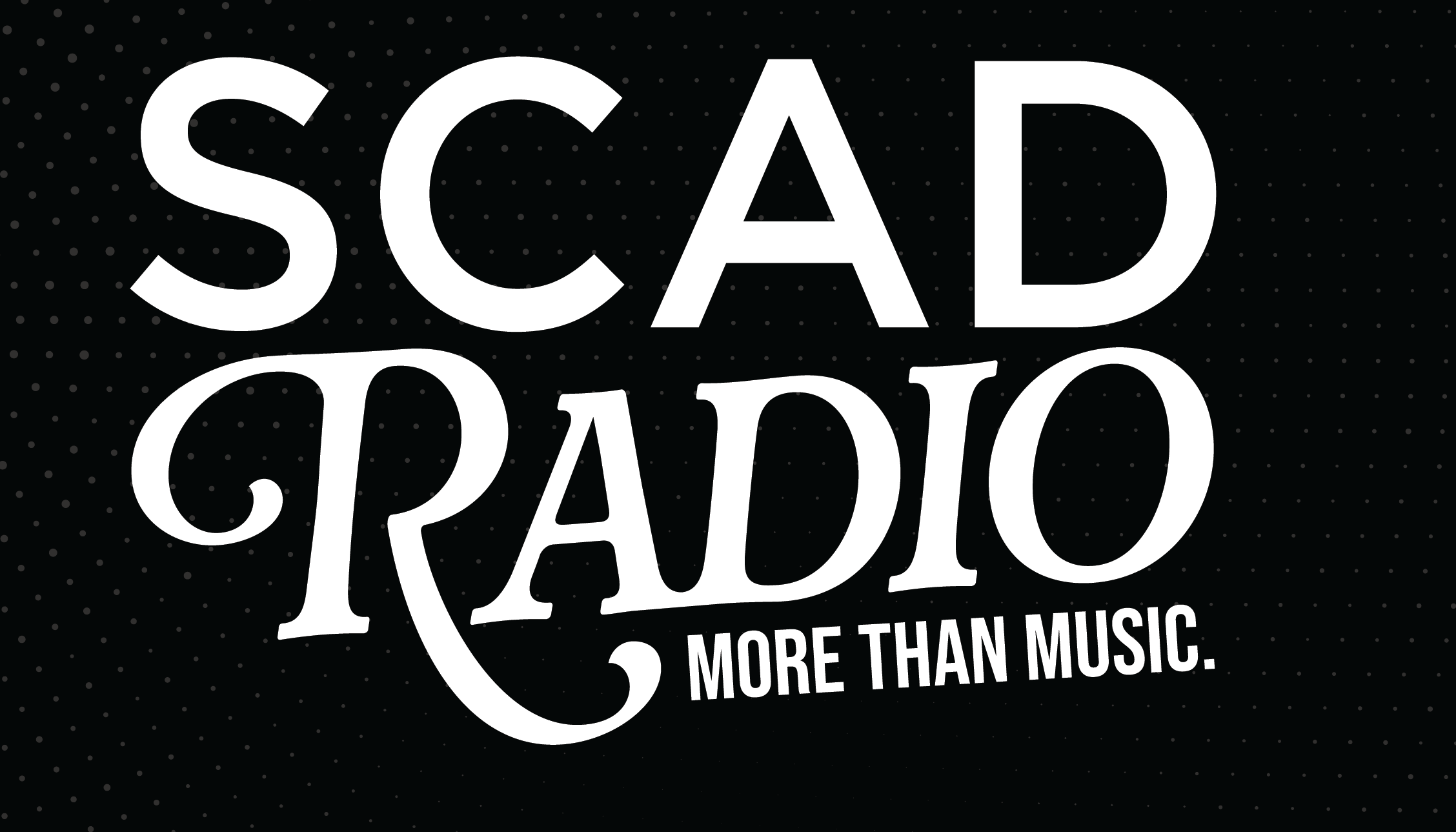
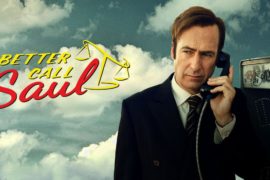
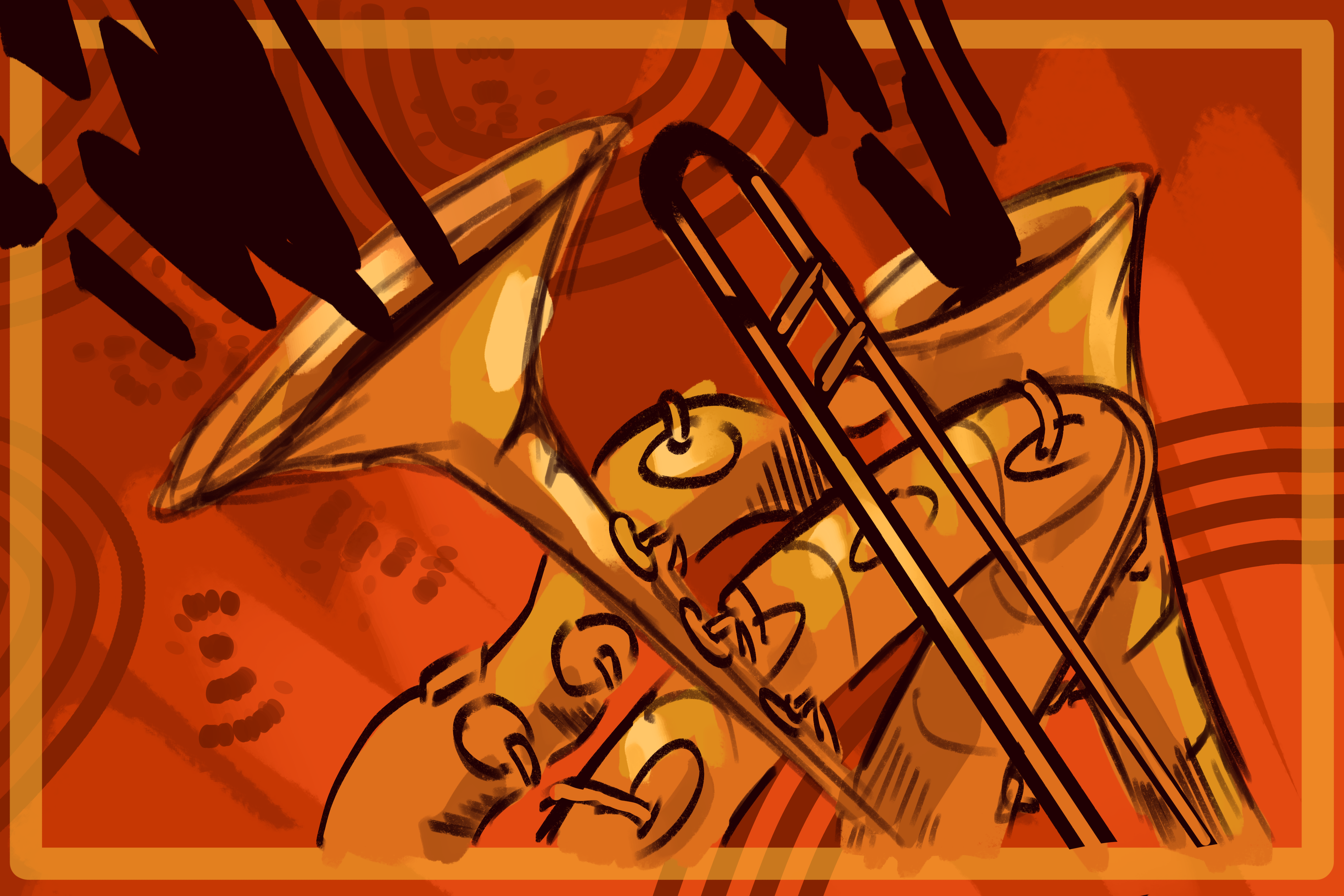
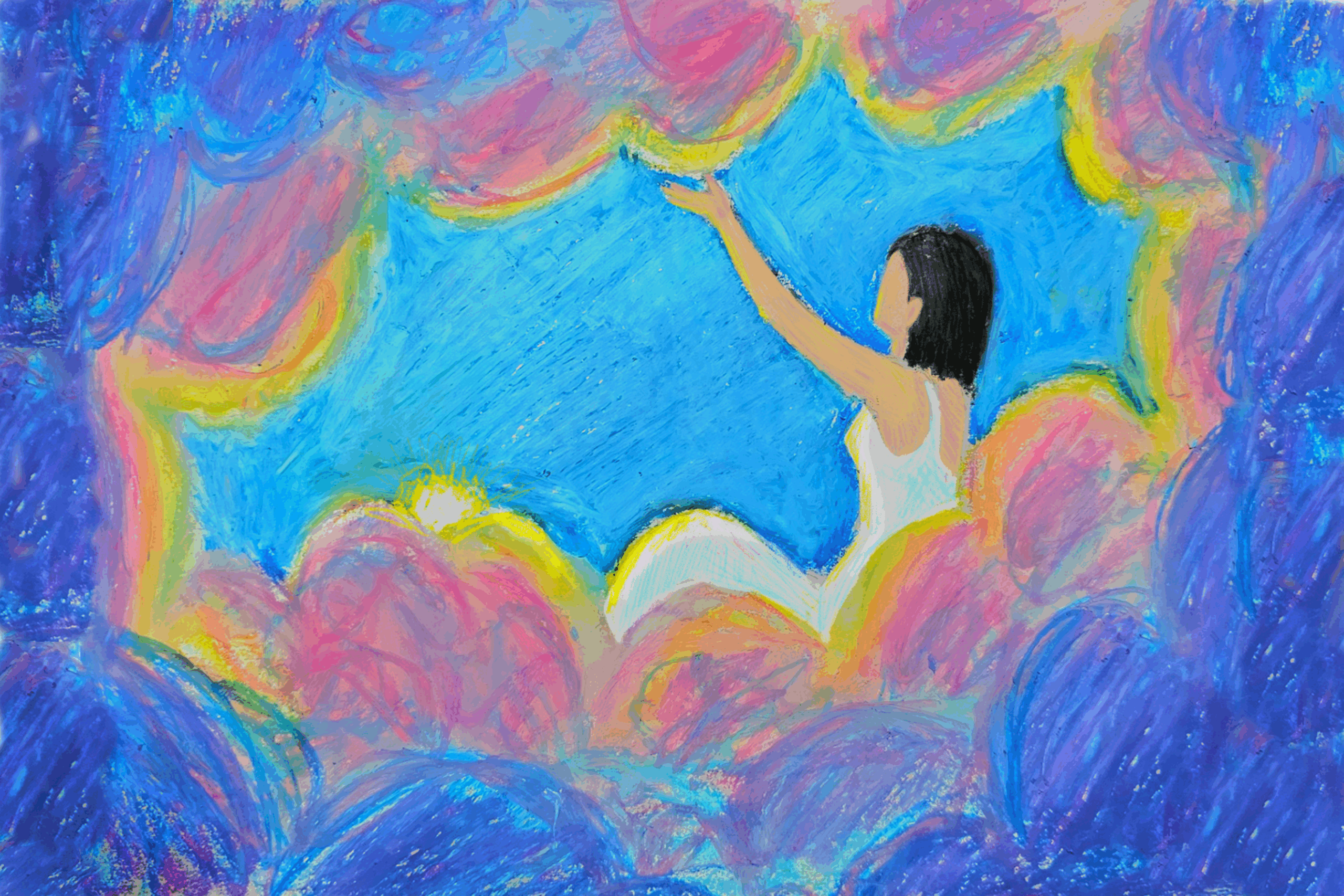
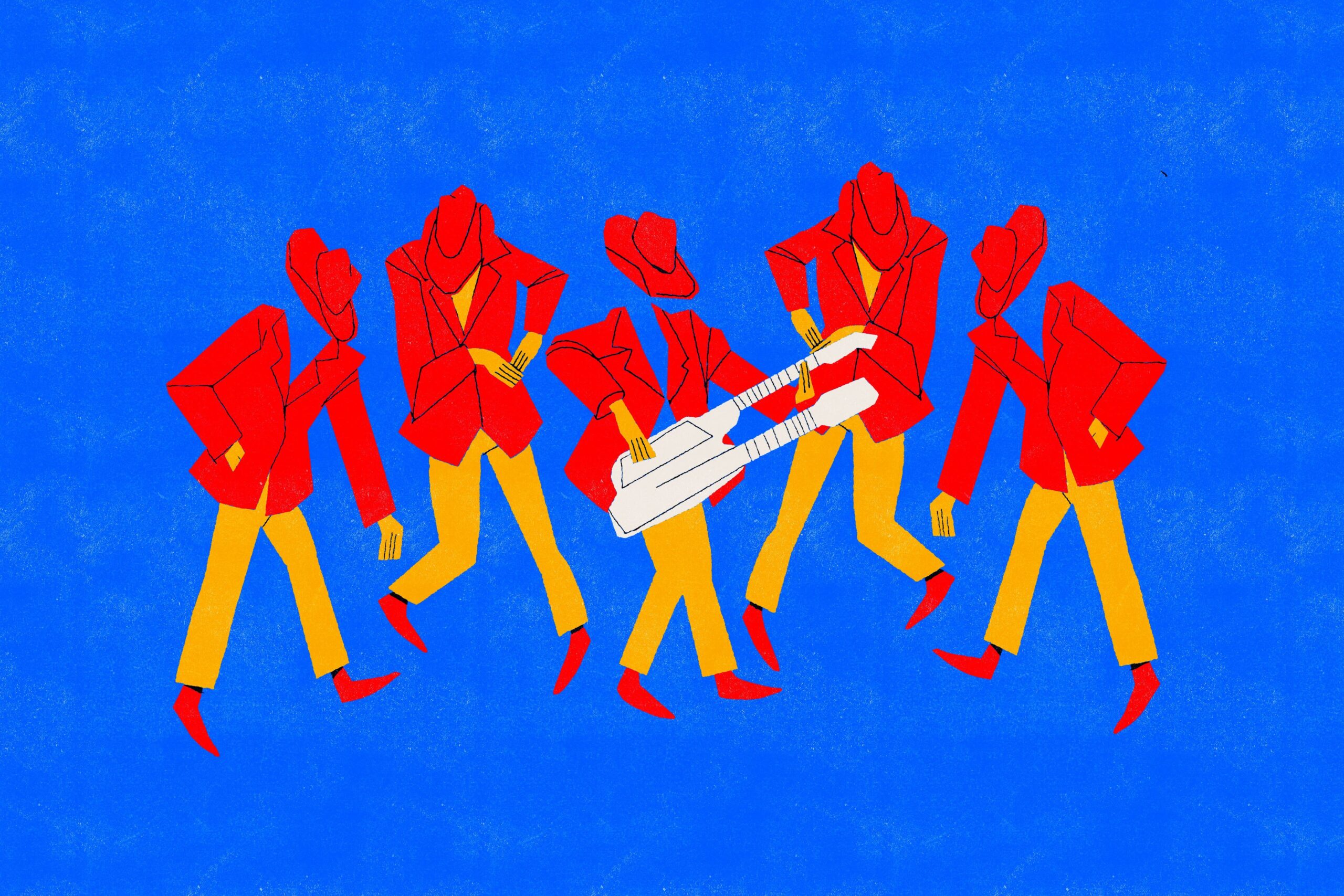

Leave a Reply